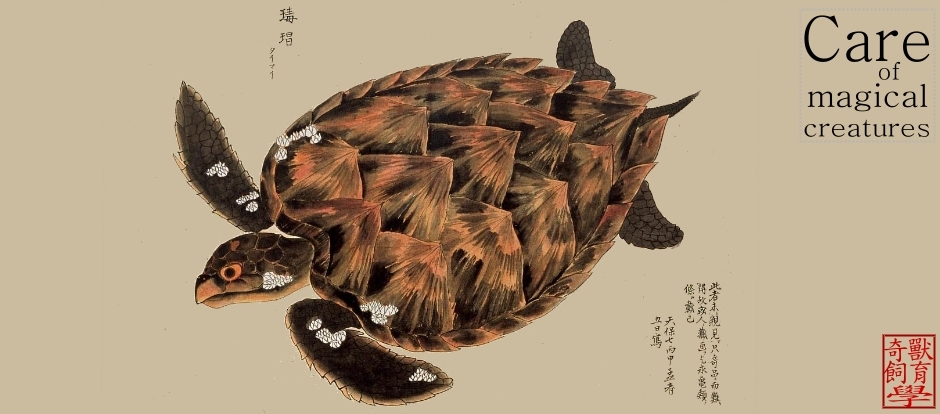 文獻來源: Rocha S, Vences M, Glaw F, Harris DJ. 2009. Multigene phylogeny of Malagasy day geckos of the genus Phelsuma. Molecular Phylogenetics and Evolution 52(2): 530-537. [全文網址]
文獻來源: Rocha S, Vences M, Glaw F, Harris DJ. 2009. Multigene phylogeny of Malagasy day geckos of the genus Phelsuma. Molecular Phylogenetics and Evolution 52(2): 530-537. [全文網址]Introduction
Geckos of the genus Phelsuma are amongst the most conspicuous lizards of the Malagasy region. The genus contains around 43 extant species, of which ca. 29 occur in Madagascar, and 25 of these are endemic to this island. Rhoptropella ocellata, endemic to a small region of Namibia and South Africa is, together with Lygodactylus sp., the closest relative of Phelsuma, which is considered a monophyletic genus (Austin et al., 2004). With Madagascar as their main centre of diversity, Phelsuma are also present on almost all neighbouring islands and locally at the East African coast (Fig. 1). The Comoros harbour seven species (five of them endemic), theMascarenes have seven endemic extant species (two extinct species are known: P. gigas and P. edwardnewtoni), with one subspecies endemic to Agalega island (1100 km north of Mauritius), one (non-endemic) species in two islands of the Aldabra archipelago, two endemic species in the granitic islands of the Seychelles, one endemic species in the island of Pemba off the East African coast of Tanzania, and one species in the Andaman islands, off Myanmar, in the Bay of Bengal. Within Madagascar, Phelsuma species are found in a variety of habitats spanning the island, mainly in primary forest regions, either dry southern seasonal forests (e.g. P. breviceps), scrublands (e.g. P. mutabilis, P. modesta, P. hielscheri), western coastal forests (e.g. P. abbotti), low and mid-altitude humid forests (P. madagascariensis, P. guttata, P. lineata ssp., P. quadriocellata ssp.) and even in some high-altitude regions (P. barbouri, P. malamakibo). Despite extensive work on Phelsuma taxonomy, ecology, biogeography and ethology, even its alpha-taxonomy is not fully understood. Many taxa, especially subspecies, are based only on chromatic characters and not well defined. In several cases color transitions/polymorphisms can be observed and thus some species may represent artificial taxa based on local color morphs. Previous studies, based on phenetic characters (Loveridge, 1942; Mertens, 1962; Glaw et al., 1999; Van Heygen, 2004), have led to recognition of eight species groups of Malagasy species. Close relationships between some of the groups were postulated (e.g. P. guttata- and P. madagascariensis-group and the Mascarene Islands species with the P. modesta-group) but some species were not assigned to any particular phenetic group (e.g. P. vanheygeni). The main potential difficulty with Phelsuma taxonomy is thus its reliance on highly variable coloration characters, which has led to the description of a large number of species and subspecies. Taxon sampling has always been incomplete in previous molecular studies of Phelsuma (Radtkey, 1996; Austin et al., 2004; Sound et al., 2006; Rocha et al., 2007; Raxworthy et al., 2007; Harmon et al., 2008), making it difficult to evaluate intrageneric relationships. Additionally, the validity of many taxa is yet to be assessed using molecular markers. Here, we present the most comprehensive molecular phylogenetic analysis of Phelsuma to date, based on a near-complete taxon sampling of all but two species, as well as most subspecies, and on a multilocus dataset including both fast-evolving mitochondrial genes and more moderate-to-slow-evolving nuclear DNA markers.
